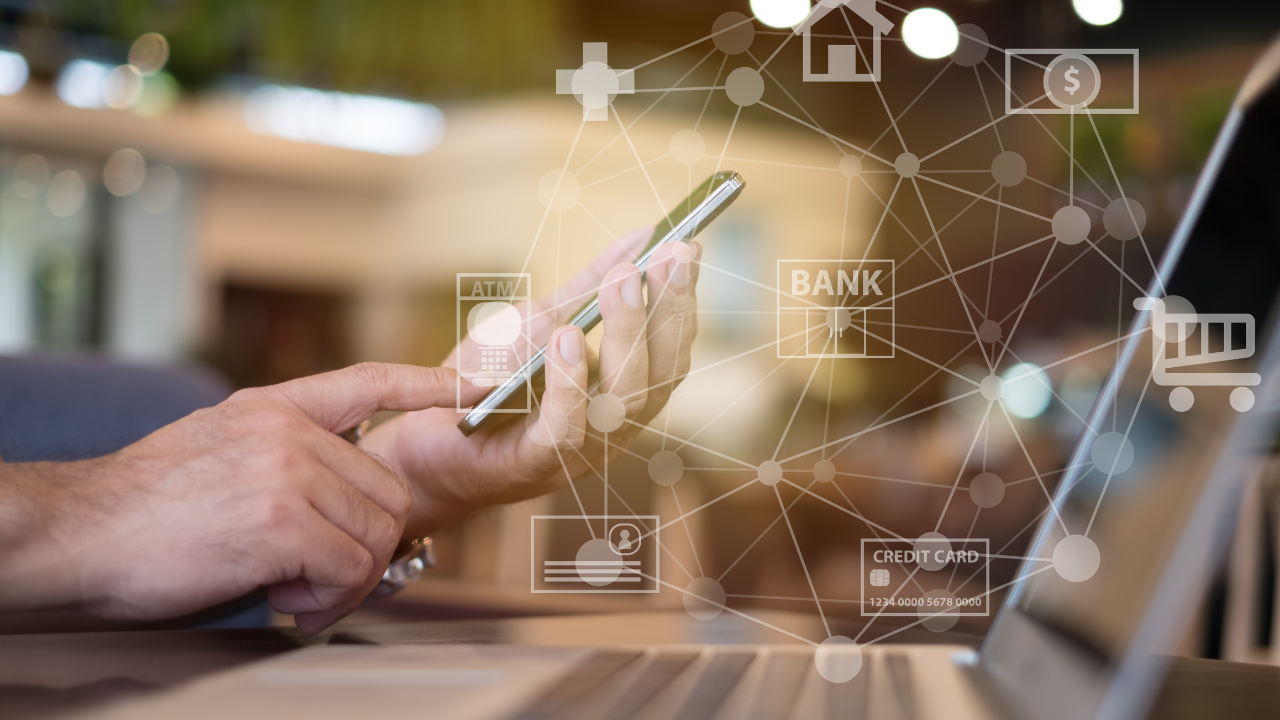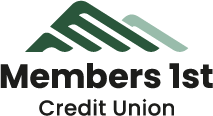
Digital Account Security Best Practices
Gone are the days of predominately using a checkbook and ledger to pay bills and keep track of household expenses. Much of our daily lives now live in digital accounts, which need to be kept safe against outside parties’ attempts to access your data. Hackers and phishing schemes have become increasingly sophisticated and are constantly evolving. Here are some of the best practices to maintain your digital account security:
Use Two-Step Authentication Whenever Possible
Many sites offer this option. Generally, two-step authentication means requiring you to enter a password and a second form of identification like facial recognition, a fingerprint, or a numeric code. For example, when logging on to Facebook, you enter your password, then the site sends you a temporary code through text message. These steps are in place to ensure that you are who you really say you are.
Sign Up for Banking Alerts
It’s easy to stay up to date with your online accounts with the Members 1st Mobile App or Online Banking. And it’s good to regularly check your transaction history to keep an eye out for anything out of the ordinary. You can also set up mobile notifications in the Mobile App to be notified anytime money comes in or out of your account. Notifications can help prevent against fraudulent purchases, failed logins, outgoing wire transfers, and any potential times a thief is trying to access your account. It’s important to notify Members 1st any time your online banking details have been compromised.
Install Antivirus Software and Keep it Updated
This software does much more than combat computer viruses these days. It protects against Ransomware (malware that encrypts your files and demands payment to unlock them), Trojan horses (programs that may seem valid but steal your information behind the scenes), and bots (which can fill your computer with spam). While there is antivirus protection built into operating programs like Windows, many third-party solutions can offer better, more robust protection.
Use Unique Passwords
The best defense against account vulnerability is using a strong, unique password for each online account you have. Repeating passwords or using common numbers and themes can leave you open to hackers and data breaches. Password managers help generate random passwords and securely store all your account passwords in one location. You only need one master password to access the password manager itself. Many password managers are free, and utilizing this tool can keep you safer and more secure.
Get a VPN (Virtual Private Network)
Anytime you connect to a Wi-Fi network that you don’t own, you should use a virtual private network or VPN. When you connect to a Wi-Fi network at a coffee shop or the airport, the likelihood of someone else accessing your information increases. A VPN offers encryption of your Internet traffic by routing it through the VPN’s own server. Most VPN’s have clear, understandable privacy policies and third-party audits to ensure they remain trustworthy. There are various tech-consumer sites that vet VPN’s and can offer best suggestions for getting started.
Clear Your Cache
The shortcuts add up, as do the cookies we accumulate when browsing sites on the Internet. Your web history can offer a myriad of personal data. It’s best to adopt a habit of routinely clearing your browser cache. With browsers like Google Chrome, Microsoft Edge, or Firefox, you can press Ctrl+Shift+Del to open a dialogue box that lets you choose the parameters of what you want to clear. Or simply click on the History tab and “Clear Browsing Data.” You may lose some auto-saved passwords or preferences, but most browsers let you choose favorite sites whose cookies you want to keep.
Password Protect Your Devices
Your phone carries a lot of personal data, so it’s always essential to make sure it’s locked down just in case. The first line of defense is to use facial recognition or a fingerprint to login, alongside a numeric code. The second is to set up the remote-tracking feature. If you lose your phone, you can access its location remotely and delete everything on it.
Be Skeptical
Ultimately, a healthy dose of skepticism is key when dealing with online accounts. Be suspicious of strange links or emails and don’t rush to share information that you wouldn’t put out publicly. And try not to link accounts unless necessary. There are many outside factors that can and will try to access your data, but by adopting these practices and staying vigilant, you’ll be in the best position to protect your digital accounts.




